Sous Vide Demystified: Precision Cooking from French Labs to Your Kitchen
What Is Sous Vide? The Art of Cooking with Surgical Precision
Imagine a cooking method so precise it transforms a humble chicken breast into a buttery masterpiece, or a steak into a symphony of tenderness. That’s sous vide (French for “under vacuum”), a technique where food is vacuum-sealed, submerged in a temperature-controlled water bath, and cooked to exact doneness. Born in 1970s French laboratories and now a darling of Michelin-starred chefs and home cooks alike, sous vide merges science with culinary artistry. Whether you’re chasing consistent results, exploring modern gastronomy, or simply craving steakhouse-quality meals at home, this guide unpacks everything: equipment, techniques, safety, and why this method is rewriting kitchen rules.
A Brief History: From French Labs to Your Countertop
Sous vide’s origins trace back to French engineer Bruno Goussault, who pioneered its use for industrial food preservation. By the 1990s, chefs like Thomas Keller and Heston Blumenthal adopted it, turning low-temperature cooking into a haute cuisine staple. “Sous vide isn’t just a trend—it’s a revolution in control,” says Eugene Thong, CSCS. “You’re eliminating guesswork. The margin for error shrinks to almost zero.”
Essential Equipment: The Sous Vide Toolkit
To start, you’ll need:
- Immersion circulator: The heart of the system; heats and circulates water.
- Vacuum sealer + sous vide bags: Remove air to ensure even heat transfer.
- Water bath container: A pot, cooler, or dedicated container.
| Equipment | Budget Option | Premium Pick |
|---|---|---|
| Immersion Circulator | Anova Nano | Joule by ChefSteps |
| Vacuum Sealer | FoodSaver FM2000 | Nesco VS-12 |
| Bags | Reusable silicone bags | SousVide Supreme bags |
Techniques: Mastery in Three Acts
- Vacuum Sealing: Remove air to lock in flavor and moisture.
- Temperature Control: Set your circulator to ±0.5°F (e.g., 135°F for medium-rare steak).
- Finishing: Sear, torch, or broil for caramelized crusts.
“Patience is key,” notes Fiorella DiCarlo, RD. “Sous vide isn’t fast, but it’s forgiving. A two-hour window won’t overcook your salmon—it’ll hold perfectly.”
Why Go Sous Vide? Pros vs. Cons
Advantages:
- Precise cooking: No more dry chicken or uneven steaks.
- Flavor amplification: Herbs and spices infuse deeply.
- Meal prep friendly: Cook in bulk, refrigerate, and reheat without quality loss.
Limitations:
- Cost: A starter kit runs 150–300.
- Planning: Most proteins need 1–4 hours.
- Texture limits: Doesn’t crisp or brown without finishing.
Safety First: Avoiding the Danger Zone
Sous vide thrives on pasteurization guidelines. Cook proteins above 130°F to prevent bacterial growth. Store cooked food in ice baths before refrigerating. “Food safety is non-negotiable,” stresses DiCarlo. “Track times and temps like a scientist.”
Popular Dishes: What Shines in the Water Bath
- Steak: 129°F for 2 hours + 60-second sear = edge-to-edge perfection.
- Chicken breast: 145°F for 1.5 hours = juicy, never stringy.
- Carrots: 183°F for 1 hour = candy-like tenderness.
Beyond Sous Vide: Related Concepts
- Molecular gastronomy: Sous vide’s flashy cousin (think foams and gels).
- Low-temperature cooking: Broader term for methods prioritizing precision over speed.
Final Thought
Sous vide isn’t just a gadget-driven fad—it’s a culinary paradigm shift. Whether you’re a home cook chasing perfection or a pro streamlining service, this technique offers a delicious blend of control and creativity. As Thong puts it: “Sous vide turns ‘good enough’ into ‘how did I ever live without this?’”
Hungry for more? Dive into sous vide with a budget circulator and a cheap cut of beef. You’ll taste the revolution.
